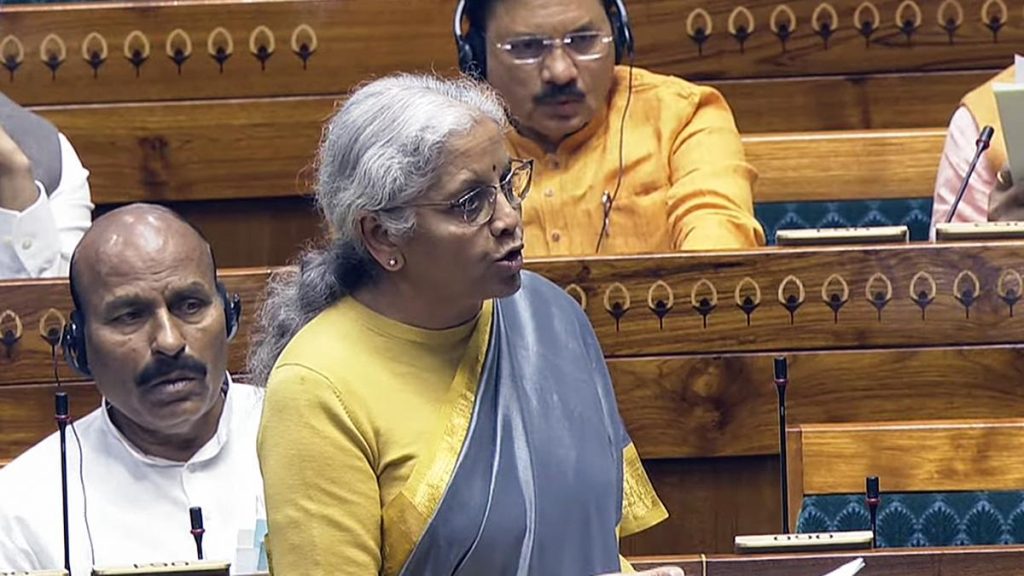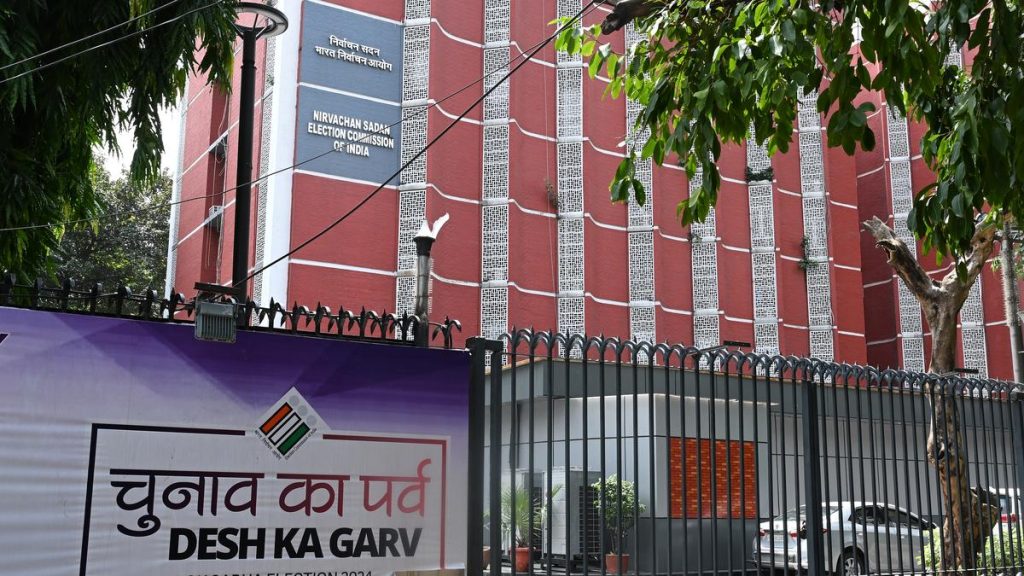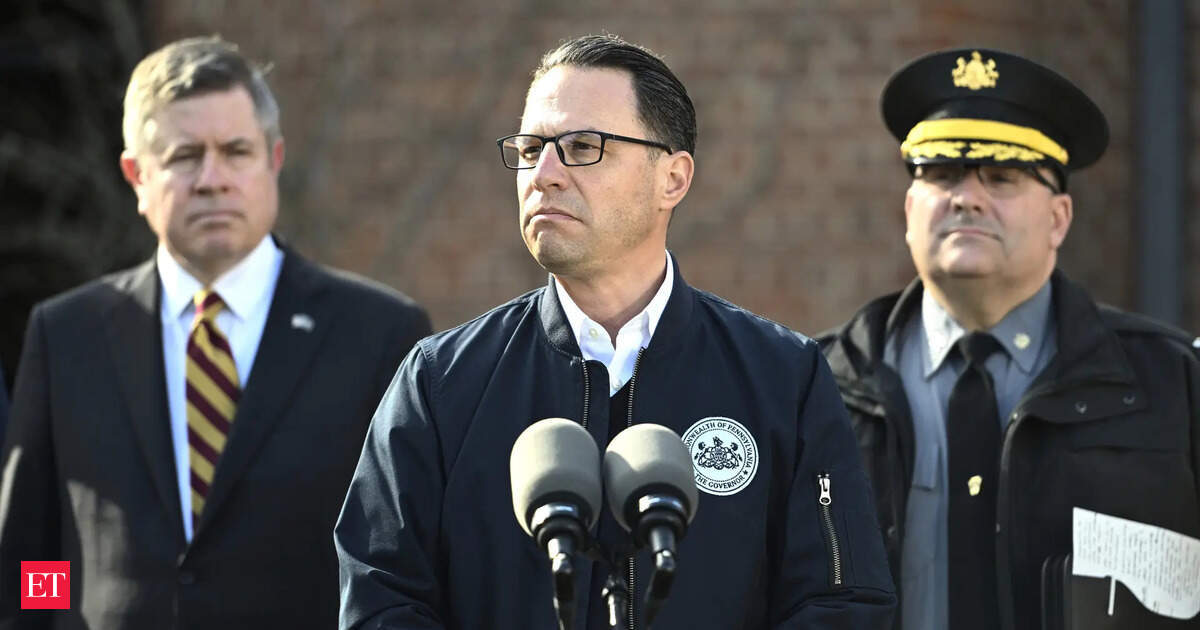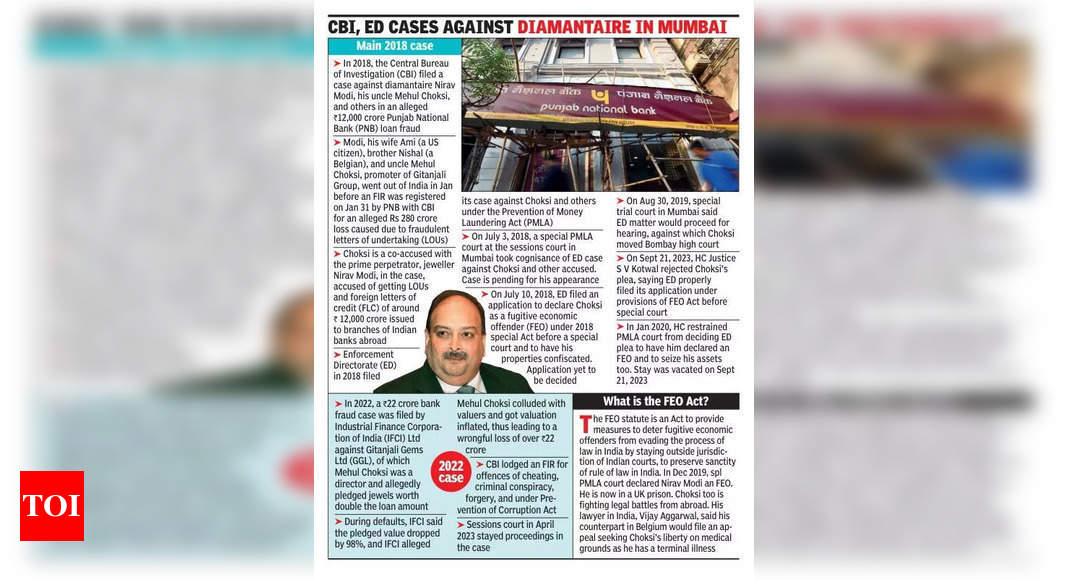Now Reading: Quepem Pool’s Poor Condition Hampers Swimmers’ Training
-
01
Quepem Pool’s Poor Condition Hampers Swimmers’ Training
Quepem Pool’s Poor Condition Hampers Swimmers’ Training
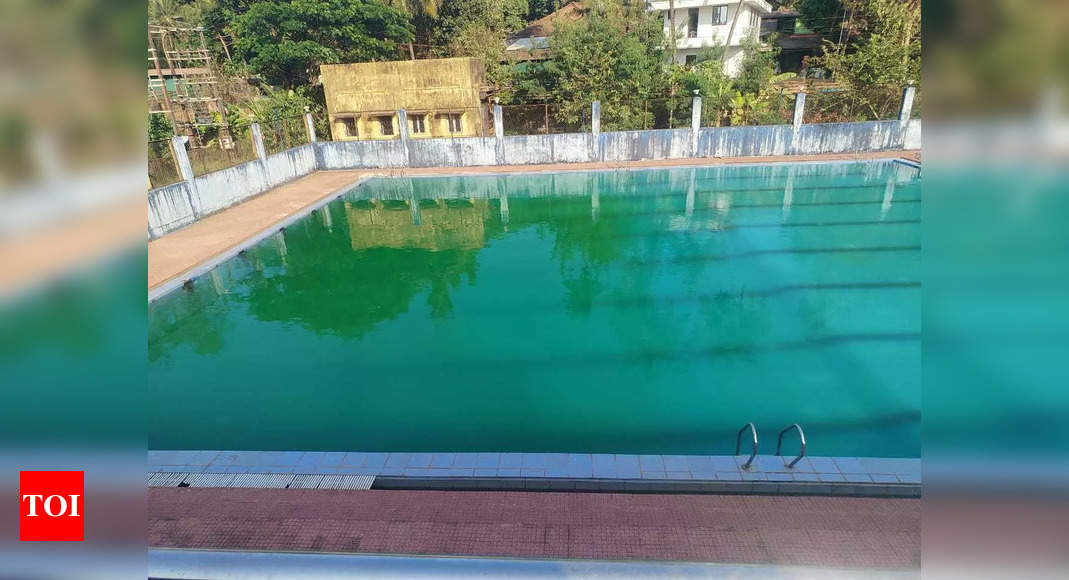
Fast Summary
- Location: quepem, Goa; goverment-owned swimming pool managed by the directorate of sports and youth affairs (DSYA).
- Issue: Swimmers report deteriorating water quality at the Quepem pool over the last three months, describing it as unhealthy, unsafe, and hindering training.
- User Complaints:
– Water clarity is poor; visibility issues increase accident risks.
– Chlorine powder is improperly used, causing health problems like rashes and eye irritation.
– Maintenance has been ineffective despite reminders to authorities.
- Key Concerns from Swimmers:
– Algae accumulation on sidelines left uncleaned by lifeguards/staff citing insufficient manpower.
– Lifeguards potentially unable to spot swimmers in deep areas due to poor visibility.
– No resolution despite regular closures for maintenance work during summer months.
- Official Response:
– Senior officials acknowledged pump system malfunctions (repair costs estimated at Rs. 25,000 per pump).
– Engineers have been deputed to address equipment issues; improvements are hoped for soon.
Indian Opinion Analysis
This situation reflects broader challenges with public infrastructure maintenance in India. While complaints regarding water quality and safety highlight immediate health hazards for swimmers-some of whom are national-level athletes-they also indicate a lack of accountability. Critical claims such as improper chemical use and ignored algae buildup suggest lapses in adherence to basic standards.
From an operational perspective, staffing shortages or negligence appear evident given lifeguards doubling as maintenance personnel without adequate results. The suspected seasonal recurrence of these issues further raises questions regarding proactive planning by DSYA officials.
If unresolved swiftly, this problem could negatively impact local swim training programs and discourage participation at higher levels of competition from Quepem’s athletes. On a broader scale, ensuring recreational facilities meet safety thresholds aligns with India’s goals toward promoting grassroots sports advancement-a necessary foundation for competitive excellence globally.


